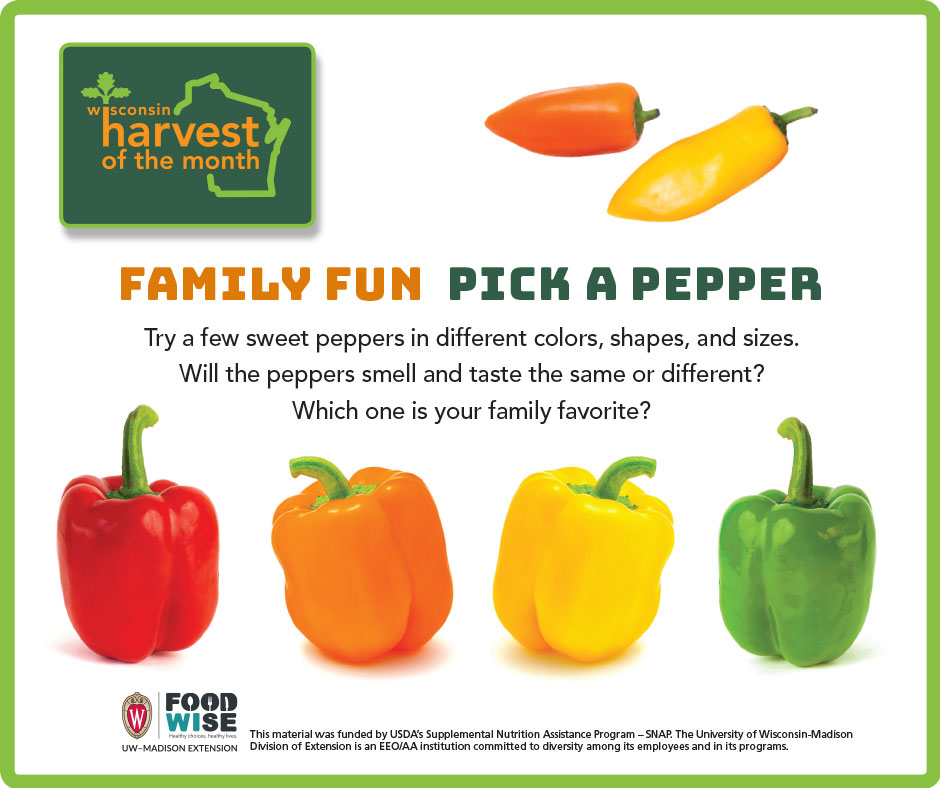Africa and Asia both share a rich history of indigenous practices that are deeply rooted in the reverence for nature, life, culture, and one’s own ancestors. These traditions have always emphasized respect for one’s lineage and the offering of food and prayers to those who have transcended this world. Unfortunately, both African and Asian indigenous faiths have often been misunderstood and labeled as pagan, satanic, or evil by outsiders who view them as foreign. Despite this, these ancient practices have been pillars of strength for communities, providing healing, nourishment, and hope to those in need. In the journey of self-discovery as BIPOC individuals, recognizing these shared traditions can be a profound way to connect, heal, and embrace our cultural heritage. As someone who has studied Mahayana Buddhism, a branch from East Asia, I’ve found a deep connection to these principles through my visits to temples, teachings, and extensive readings. The grace and peace of the monasteries have touched me deeply, resonating with my own cultural roots.
Many people may not realize it, but the act of giving offerings is a powerful form of medicine that helps heal the traumas of war, slavery, and oppression. It allows us to be present with ourselves and our ancestors, offering a space to grieve and celebrate their lives. When we give offerings, we not only honor our ancestors but also pray for all victims of injustice. As a Black man, this practice resonates with me profoundly. Every time I give offerings, I think of my ancestors, envision them, and surround them with love and light. In doing so, I mend a part of my heart that has been broken. Buddhism, which has gained significant popularity in the West, is known for its peace and non-violence teachings. Figures like Thich Nhat Hanh and the Dalai Lama have introduced many to these life-saving teachings. Even the iconic Tina Turner found solace in Buddhism during her darkest moments, embracing the Buddha’s teachings as a gem. Buddhism encourages acceptance of cultural differences and provides mindfulness and compassionate approaches to solving complex issues, offering a path that aligns with indigenous practices of honoring one’s roots and embracing love.
Despite making up just 3% of the American Buddhist community, according to the Pew Research Center’s Forum on Religion and Public Life, Black Buddhists are finding a meaningful connection with Buddhism. It is my hope that in the future, more Black seekers will explore meditation, engage with the Buddha’s sutras, and build a community founded on peace and love. The teachings of Buddhism not only align with the values of our ancestors but also offer a spiritual path that encourages unity and understanding across different cultures. As more individuals from diverse backgrounds discover the beauty of these teachings, there is potential for a harmonious blending of traditions that honors our shared history while providing community and healing in our multicultural world.
一切唯心造 – Everything is created by the mind.
Bao Jieao (Jarrelle)






